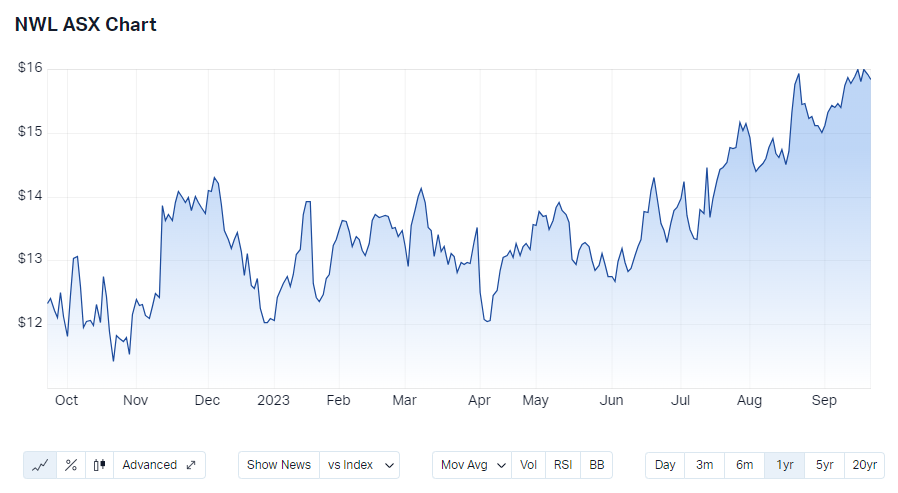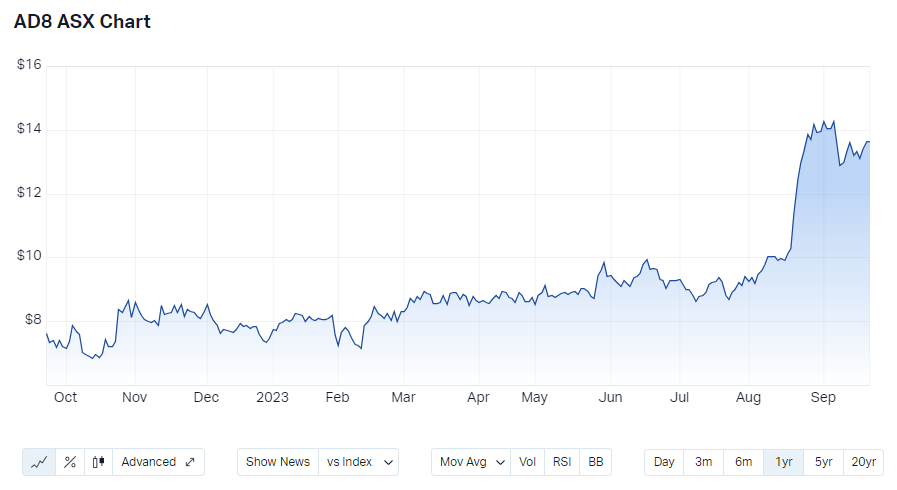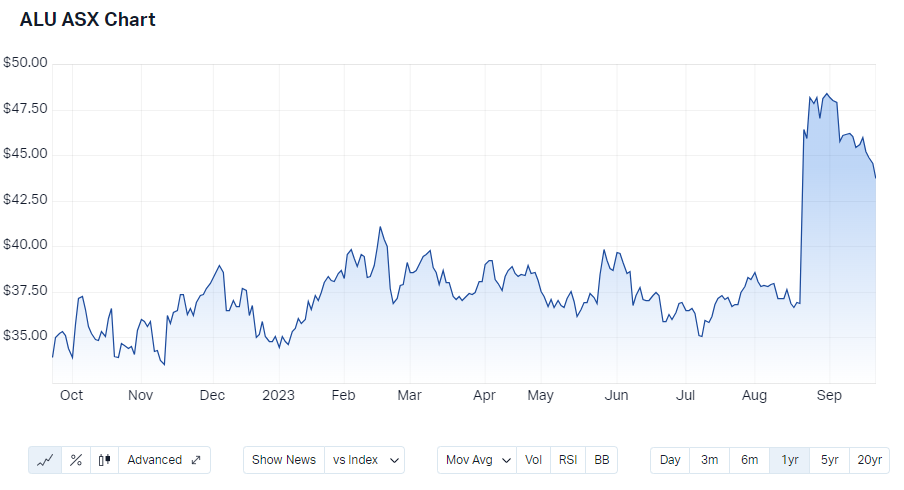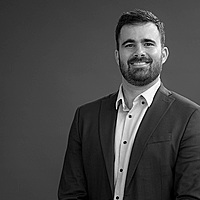3 small-caps with significant runway for growth
Growth investing boils down to investing in businesses that initiate, drive, and enact change in their respective markets. Regardless of the macro environment, investing in companies with unique competitive propositions, strong operating and incremental margins, healthy balance sheets, and compelling strategic frameworks remains the focus. Such businesses are positioned to shape the changing landscape, be dominant players, and can also weather downturns – characteristics that help them run with tailwinds during growth periods and hold court even if macro conditions are volatile. Now more than ever, having the skills to identify these companies is essential to success.
August was a busy and fruitful month for the
Lakehouse team, as it marks the full year reporting
season for the majority of companies in our
investment universe. These were some of the highlights for us.
Netwealth (ASX: NWL)
Netwealth delivered pleasing full year results, growing its topline 21.6% in the face of industry-wide headwinds, while continuing to invest in platform resilience and future growth. Net profit after tax grew by a similar 20.9%, to $67.2 million, and the annual dividend also increased 20%.
Netwealth’s platform remains market-leading; rated #1 for overall satisfaction by its clients in Investment Trends May 2023 Adviser Technology Needs Report for the 11th consecutive year.
The company announced a relaunch of their less-feature-rich ‘Core’ product to increase market share in the mass affluent and emerging affluent segments. While the company’s focus in recent years has been on the high net worth market, a broader opportunity remains to reach up to 65% of Australian adults. Netwealth also announced a cash product alternative allowing advisers to offer differential interest rates to clients in an effort to address term deposit leakage. Results from both these initiatives are yet to be seen, but alongside recent investments in non-custody and mobile app offerings, it highlights the company’s healthy appetite for innovation.
Following release of the results – in almost customary fashion – the Heine founding-family sold 5% of their holding, equal to 2.7% of the company, leaving them with a still sizable 49.8%. We have no issue seeing the family progressively reducing their stake, particularly when you contemplate that at a market capitalisation of $3.8 billion, Netwealth sits just outside the ASX100 Index in terms of size but will require a good bit more selling from the Heine family to be considered for inclusion on liquidity grounds.
Finally, looking to the year ahead, there are early signs that sentiment among financial advisers is more
buoyant and inflows are picking up. Netwealth remains well placed to continue growing from its current 7-
8% market share as it captures a disproportionately larger slice of industry net fund flows, rolls past a period
of heavy investment, and the benefits of increased capability and scale drive profitability.

Audinate (ASX: AD8)
Turning to Audinate which grew to be the Lakehouse Small Companies Fund’s second largest holding during the month, off the back of strong full year results. The company declared the COVID-induced supply chain challenges are behind it as sales surged 51% to $69.7 million and improved chip availability satisfied pent-up demand. The number of Dante hardware and software units shipped increased by 30%, including further video segment units.
After years of investment-induced cash burn, the company provided a strong signal to the market generating positive free cash flow of $2.5m in the second half of the financial year. Management expects this momentum to continue into fiscal 2024, marking a pivotal turning point towards being a profitable, growing technology company.
The outlook remains promising, with pipeline demand remaining high and the pending release of new
audio, video and cloud-based products. The Dante ecosystem has never been stronger, boasting 142 design
wins, of which 26 are in the video segment. The penetration into video remains in its early stages for
Audinate, with most of the video design wins yet to translate to new sales. Nonetheless, its growth
trajectory is tracking well, with the adoption and rollout of video being 3 times faster than audio at a similar
point in its lifecycle. With a proven record in audio, the company remains well placed to replicate its success
in the video segment, ensuring the continuation of growth and further solidifying the Dante ecosystem
within the professional AV community.

Altium (ASX: ALU)
Altium reported strong financial year results with revenue increasing 19.2% to US$263.3 million and operating profit growing slightly faster, up 20.3% to US$96 million. It was more or less a continuation of the previous half, with stronger average revenue per subscriber (up 22.5% on the prior year) and healthy subscriber growth (up 7.5% on the prior year) more than offsetting weaker performance in Octopart, Altium’s search engine for electronic components, and sales in China.
The company’s customers (particularly in the United States) are finding greater value in Altium’s products, and are willing to pay for higher priced Pro and Enterprise offerings to access more powerful features in its design software. Octopart continued to see further deceleration from its strong COVID performance, growing revenue 12% as supply chains normalised. China is also seeing slower recovery than expected as the management team reorganised resources in the country during COVID. Altium is now refocusing their efforts there, as well as making key executive hires across the globe to execute on its sales pipeline.
There seems to be signs that that company’s TAM is expanding, with management noting that they’re receiving inbound calls from companies they wouldn’t normally. It announced a multi-million dollar deal with Renesas, a leading semiconductor manufacturer in Japan wanting to standardise its design software onto Altium’s cloud electronics development platform Altium 365.
Looking ahead, the business still has a
significant runway for growth, with revenue expected to grow at least 20% in FY24 and a nice balance of
profitability with operating profit margins of at least 35%, giving it a best-in-class rule of 55.

Take a different approach to investing
Lakehouse Capital embraces a long-term, high-conviction approach that seeks asymmetric opportunities. Find out more below about the Lakehouse Small Companies Fund.

3 stocks mentioned
1 fund mentioned

